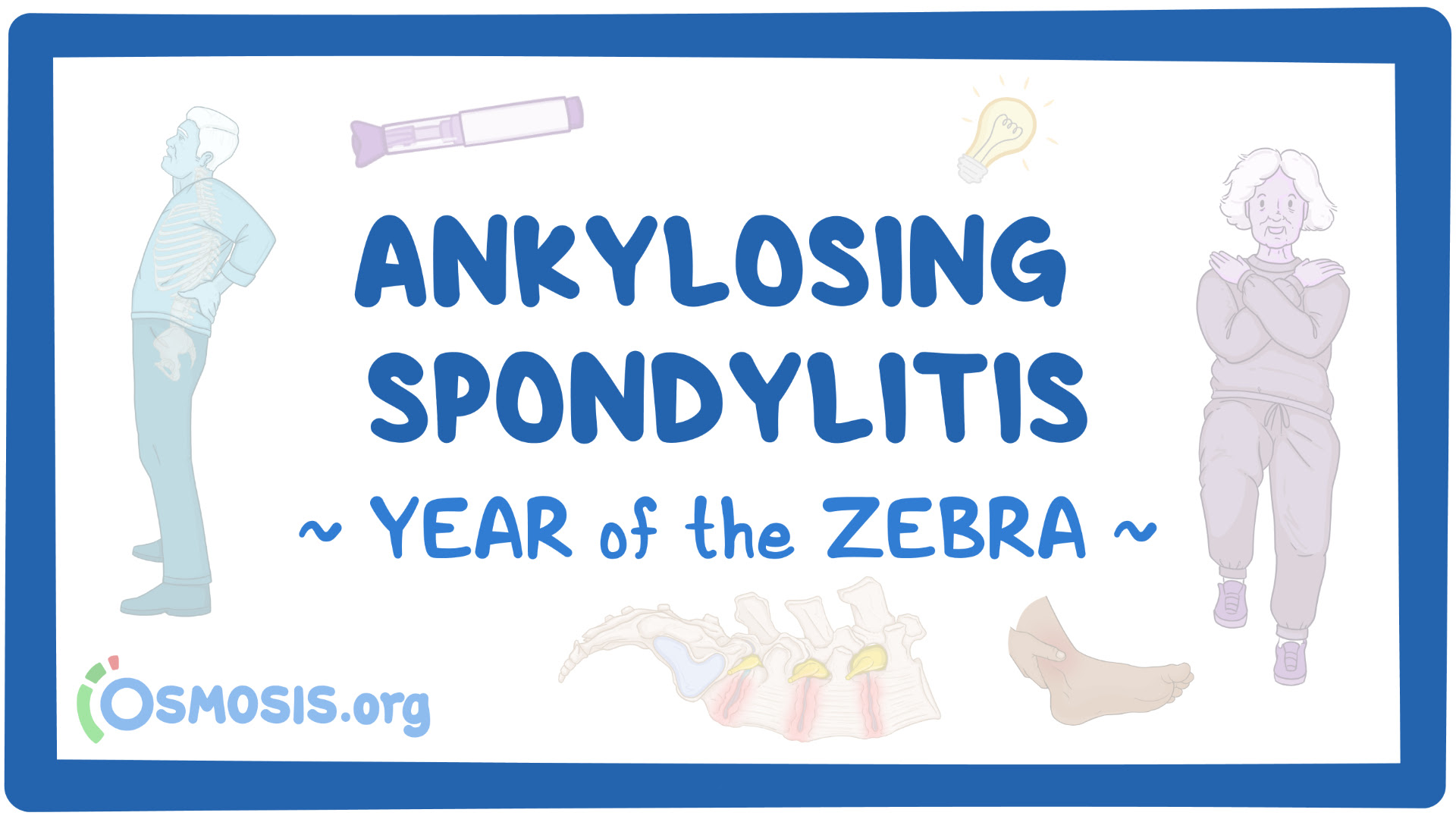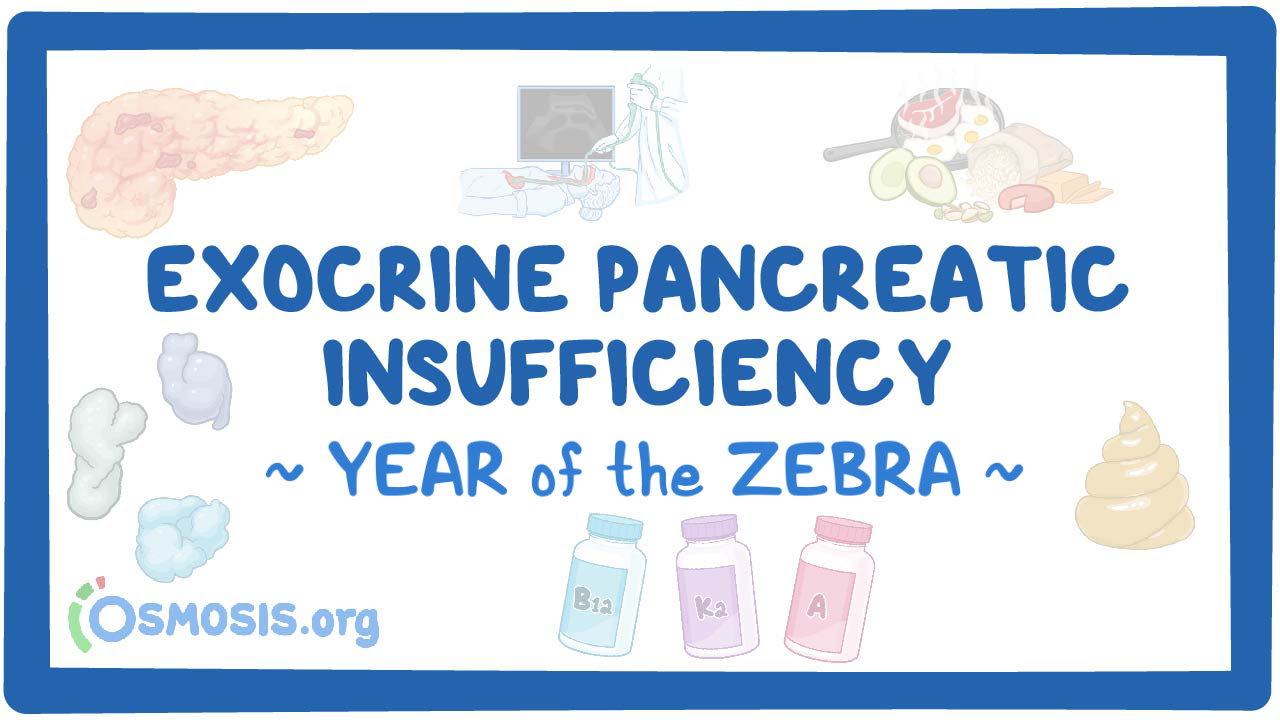The rise of complexity of secondary raw materials makes it essential to focus on the most targeted process driving forces in order to recover valuables from these resources. In this way the application of processing engineering technologies that follow the principles of process intensification are key in circular economy concepts.
The BRIDGES consortium, the first initiative of its kind funded by NIDDK, is designed to increase diversity and support early-career scientists from underrepresented backgrounds in securing research funding in nutrition, obesity, diabetes, and related fields. By providing tailored mentoring, career development, grant-writing support, and pilot funding across four leading programs nationwide, BRIDGES empowers the next generation of scientific leaders to drive innovation and address critical health disparities.
Microbiota-Gut-Brain Axis and CNS Disorders: Recent Progress and Perspectives, 2025, pp 19-41
Rare Disease Education: Exocrine Pancreatic Insufficiency
Editor: Kelsey LaFayette, DNP, RN, FNP-C


